Greetings, fellow globetrotters! I’ve had the extraordinary privilege of exploring numerous corners of our beautiful planet. One destination that has etched an indelible mark on my travel map is the captivating island of Malta. With its rich tapestry of history, crystalline waters, and a cuisine that tantalizes the taste buds, Malta stands as a Mediterranean jewel waiting to be discovered. I aim to share a treasure trove of travel tips and insights, stemming from my own personal experiences, so that you can make the most of your island adventure in Malta.
Eating, Drinking, and Making Merry
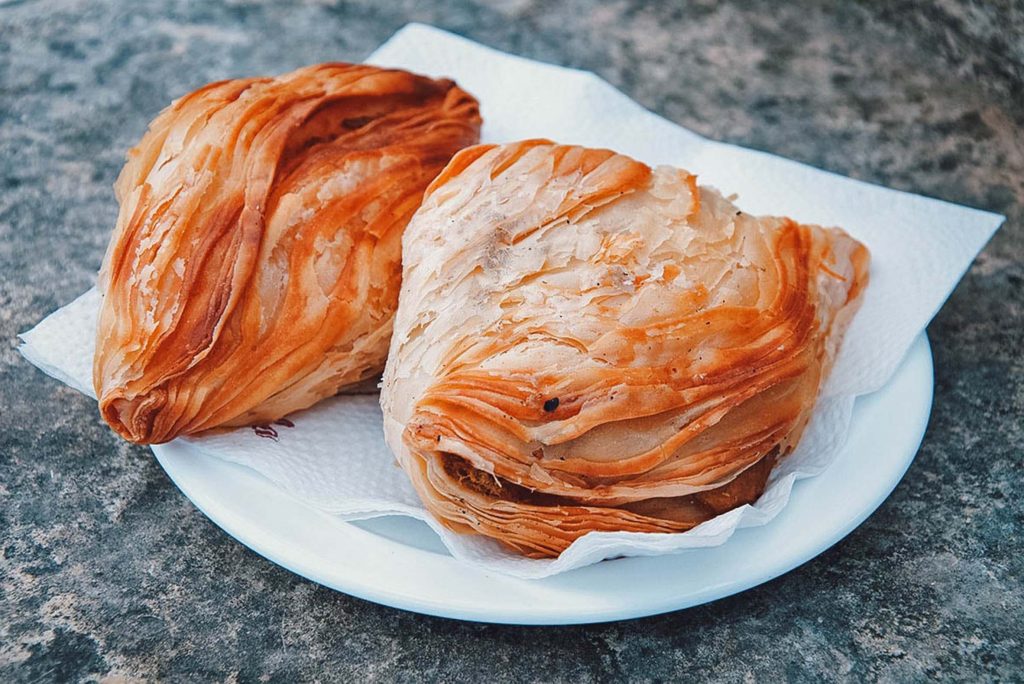
Maltese Cuisine: One of the first things you must do upon setting foot in Malta is to savor the local cuisine. Begin your culinary journey with the classic “Pastizzi” – flaky pastries generously filled with either ricotta cheese or a delightful blend of peas. When noon comes around, make it a point to try a “Ftira,” a traditional Maltese sandwich packed with delectable ingredients like tuna, capers, and olives. And, of course, don’t forget to sample the famous rabbit dishes at local eateries.
Wine Tasting: Malta boasts a burgeoning wine scene, complete with excellent local wines. Plan a visit to one of the vineyards in Gozo or indulge in a wine tasting session at the picturesque Marsovin Wine Cellars in Valletta. You’ll be pleasantly surprised by the quality of Maltese wine.
Seafood by the Water: Dining by the water is not just an option; it’s a must in Malta. Head to Marsaxlokk on a Sunday morning to experience its bustling fish market, or book a table at a waterfront restaurant in Valletta. There, you can relish the freshest seafood while gazing upon the mesmerizing Grand Harbour.
Traditional Bakeries: Keep an eye out for the small, family-run bakeries scattered across the island. These hidden gems serve up delectable, freshly baked bread and pastries that are a true delight. Whether you opt for a warm, crusty loaf or some traditional Maltese snacks, your taste buds will thank you.
Exploring the Sights
Valletta: As the capital city and a UNESCO World Heritage site, Valletta is a treasure trove of history and culture. Stroll along its cobbled streets and explore the awe-inspiring St. John’s Co-Cathedral, home to Caravaggio’s renowned masterpiece.
Mdina: Often referred to as the “Silent City,” Mdina is a medieval walled town that feels like a step back in time. Meander through its narrow streets, pay a visit to the intriguing Mdina Dungeons, and indulge in a meal at a charming café tucked away in its enchanting corners.
Blue Grotto: A boat tour to the Blue Grotto, a series of caves and arches sculpted by the sea, is a must. The glistening blue waters and the unique rock formations are a sight to behold.
Gozo and Comino: These neighboring islands, easily accessible by ferry, offer their own distinct charms. Gozo is replete with stunning landscapes and is home to the ancient Ggantija Temples, while Comino boasts the world-famous Blue Lagoon. Both islands are paradises for nature enthusiasts and divers.
Packing Light and Right
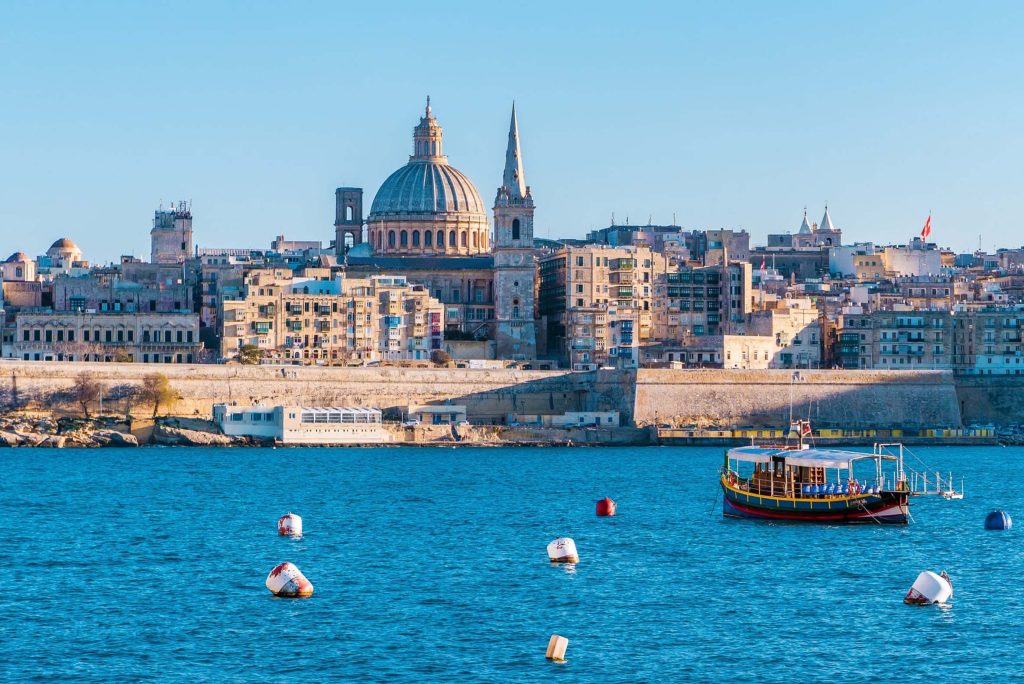
Clothing: Malta enjoys a Mediterranean climate, characterized by long, sun-soaked days. Hence, lightweight and breathable clothing is essential. Don’t forget to pack your swimwear and a good sun hat. However, it’s also advisable to have a light jacket on hand for cooler evenings.
Footwear: Comfortable walking shoes are an absolute must, particularly if you intend to explore the historical sites and picturesque villages that dot the island. Sandals are a great choice for lazy days on the beach.
Electronics: Malta employs the British-style Type G plug, so make sure you have the appropriate adapter if you plan to charge your devices. Additionally, having a power bank at your disposal can be a lifesaver for keeping your gadgets charged while you’re out and about.
Sun Protection: High SPF sunscreen, a pair of quality sunglasses, and a reusable water bottle to stay hydrated under the Mediterranean sun are crucial.
Where to Stay
Valletta: Opting to stay within the city of Valletta itself is a fantastic choice if you wish to be in close proximity to the historical sites, museums, and the vibrant urban life. You’ll find boutique hotels and charming guesthouses nestled within the city’s ancient walls.
Sliema and St. Julian’s: These areas, which offer a more modern and lively atmosphere, boast a plethora of hotels, restaurants, and shopping opportunities. They are also perfect for evening strolls along the scenic promenade.
Gozo and Comino: If your preference leans towards a quieter escape, consider accommodations on Gozo or Comino. These islands offer a range of options, from cozy bed and breakfasts to luxurious resorts.
Budgeting for Your Trip
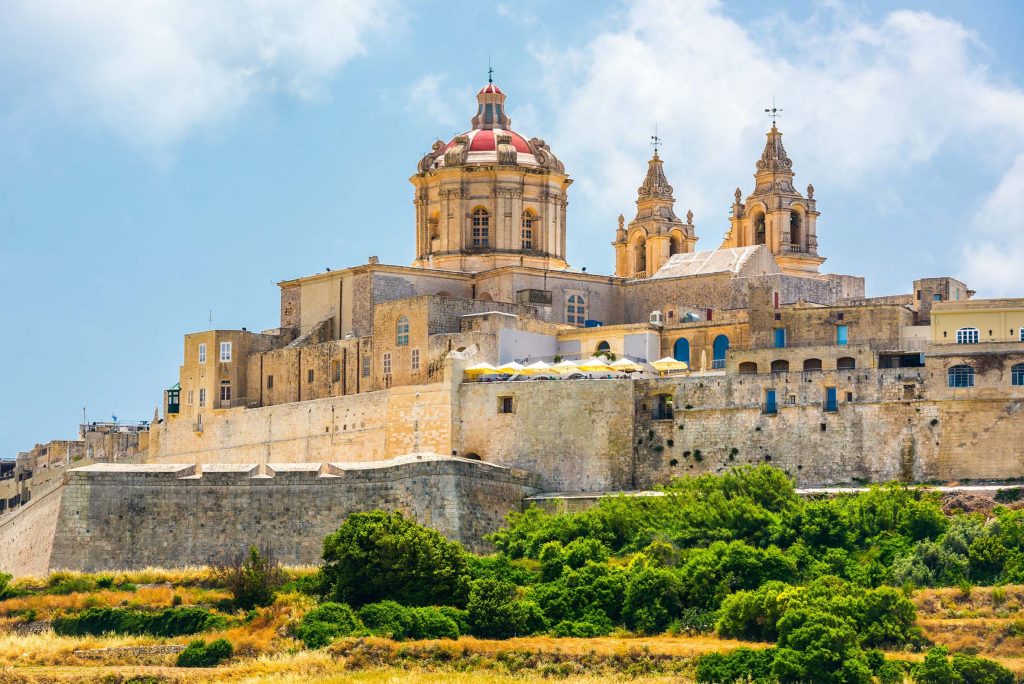
Currency: Malta uses the Euro (EUR), and while it’s not the most budget-friendly destination in Europe, there are strategies to manage your finances without compromising on experience. Dining at local eateries, utilizing public transportation, and selecting family-run accommodations can help you save.
Admission Fees: Many attractions in Malta do have modest entrance fees. If you anticipate visiting several historical sites, contemplate purchasing a Heritage Malta Pass. This can prove to be an economical choice in the long run.
Transportation: Malta boasts an efficient public bus system, making it a cost-effective means of getting around the island. A 7-day bus card can be an economically sound choice for travelers.
Travel Insurance and Health
Healthcare: Malta is known for its high-quality healthcare services. European Union (EU) citizens can use their European Health Insurance Card (EHIC) for medical care. Non-EU travelers, however, should seriously consider obtaining comprehensive travel insurance.
Emergency Services: In Malta, the universal emergency services number is 112. This number can be dialed for police, fire, and medical emergencies.
Capturing the Moment
Photography Tips: Malta is a photographer’s paradise. Be sure to have a good camera or smartphone with you to capture the stunning landscapes, historical sites, and lively street scenes. The soft, golden light in the late afternoon provides the perfect conditions for photography.
Golden Hour: The “golden hour” just before sunset offers the most favorable lighting for photography. Consider scheduling your sightseeing activities during this time to capture the most picturesque shots.
Landscapes: When photographing landscapes, employing a tripod can enable you to capture long exposures. This technique can be particularly advantageous for capturing the motion of the waves in the Blue Grotto or the serene beauty of a historical city at dusk.
Getting Around
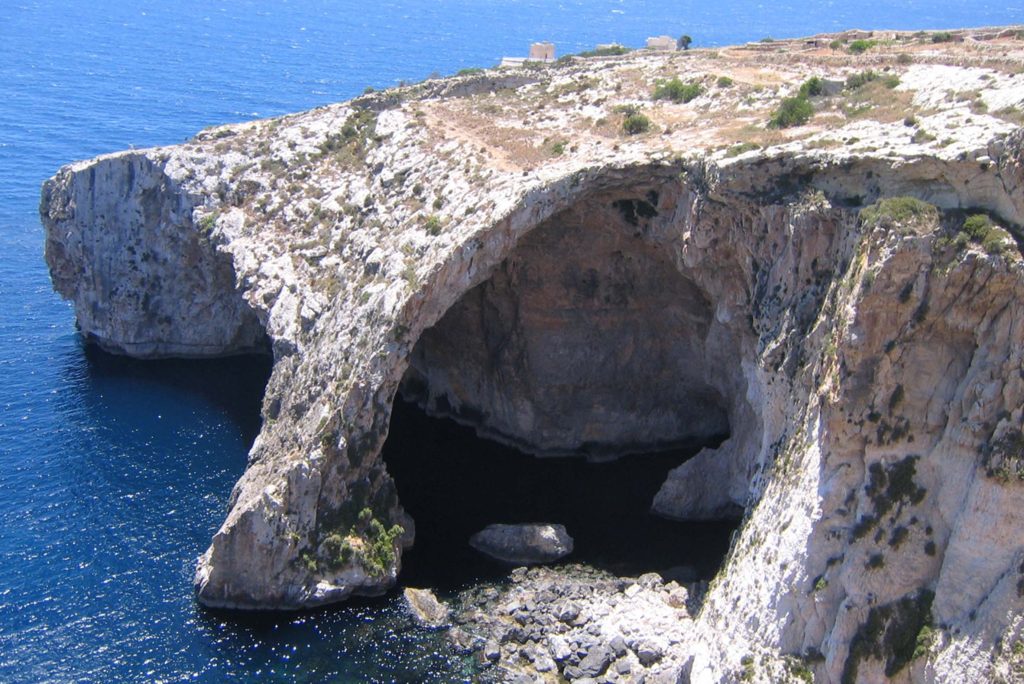
Public Transport: Malta’s public buses are not only budget-friendly but also an efficient means of getting around the island. The central bus station is situated in Valletta, and the extensive network of routes covers the entire island.
Taxis: Taxis are readily available in tourist areas. However, it’s important to agree upon the fare with the driver before commencing your journey, as meters are not always utilized.
Renting a Car: If you’re planning to explore every nook and cranny of Malta, renting a car can be an incredibly convenient choice. Just remember that Malta drives on the left side of the road.
Language and Communication
Official Languages: Maltese and English are the official languages, making Malta an ideal destination for English speakers. The majority of locals are bilingual and will happily converse with you in English.
SIM Cards: To stay connected, it’s advisable to purchase a local SIM card. Prepaid cards that include data are readily available.
Cultural Etiquette
Greetings: Maltese people are renowned for their warmth and friendliness. A simple “hello” and a warm smile can go a long way in engaging with the locals.
Dress Code: When visiting churches and other religious sites, it’s respectful to dress modestly, ensuring that your shoulders and knees are covered.
Tips: Tipping is generally appreciated in Malta. It’s customary to leave around 10% of the bill in restaurants and cafes. In some instances, a service charge may already be included in your bill.
Weather and When to Visit
Peak Season: The best time to visit Malta is during the shoulder seasons of spring (April to June) and autumn (September to October). During these periods, the weather is pleasantly mild, and you’ll be able to avoid the peak summer crowds.
Summer: The summer months (July to August) mark the peak tourist season in Malta. These months are perfect for beach lovers, yet be prepared for higher prices and more crowded attractions.
Winter: While Malta experiences milder winters (December to March) compared to many other European destinations, some places may close during this period. Nonetheless, it’s an ideal time for those who prefer a quieter and more serene experience.
Embrace the Maltese Lifestyle
Finally, I implore you to wholeheartedly embrace the Maltese way of life. The island’s unhurried pace and its friendly, welcoming people make it the perfect place to relax and savor each and every moment. Take the time to leisurely sip a coffee at a local café, engage in casual conversations with the friendly locals, and simply soak in the incredible beauty of this captivating island.
Malta is a destination that artfully combines history, natural beauty, and a rich cultural tapestry, making it an unforgettable adventure for travelers. Utilize these travel tips as the starting point for your journey, but don’t forget to add your own personal touch. Explore, savor, and create your own memories on this Mediterranean gem. Here’s to a remarkable journey filled with captivating experiences. Happy travels!
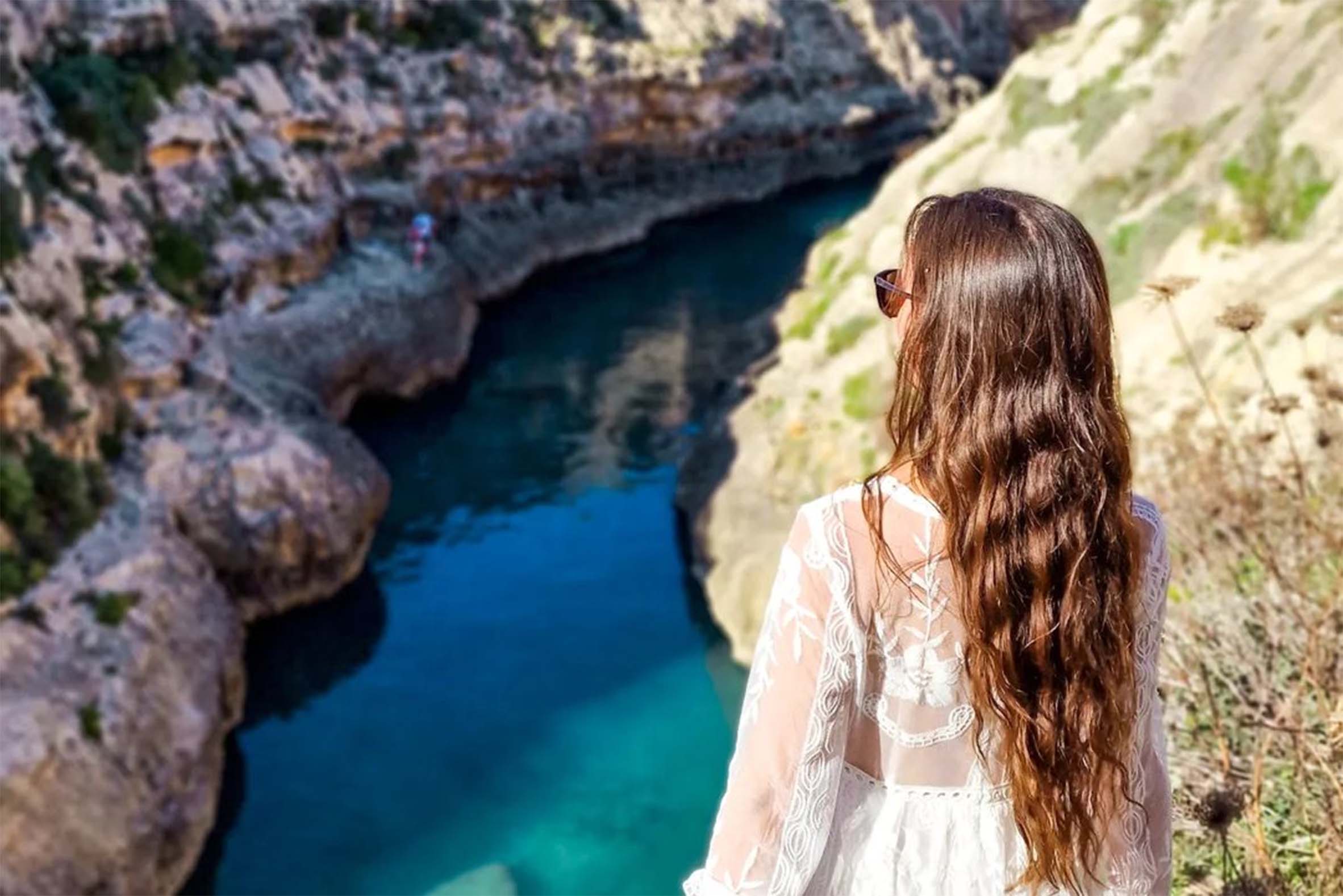
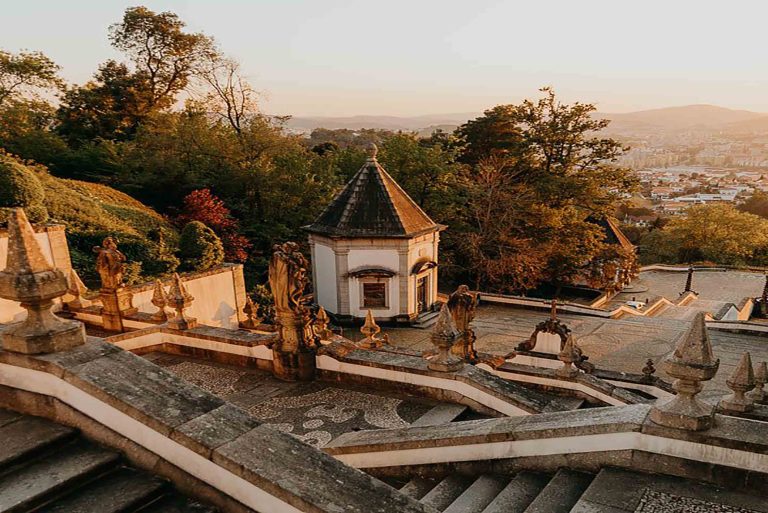
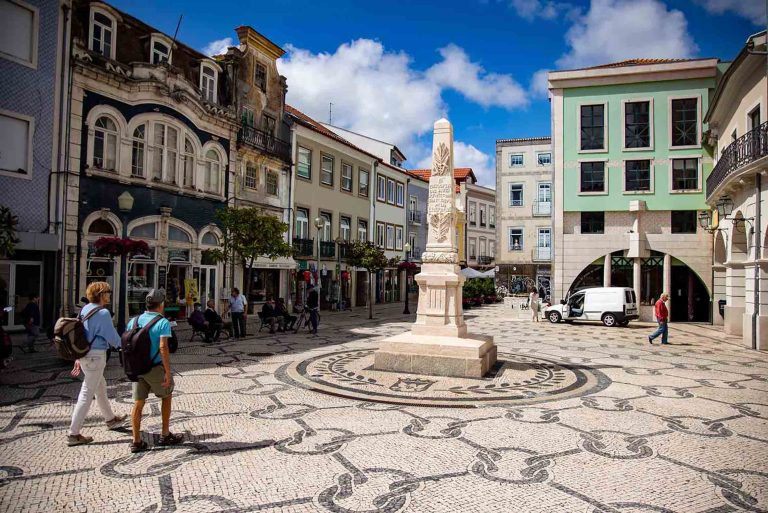
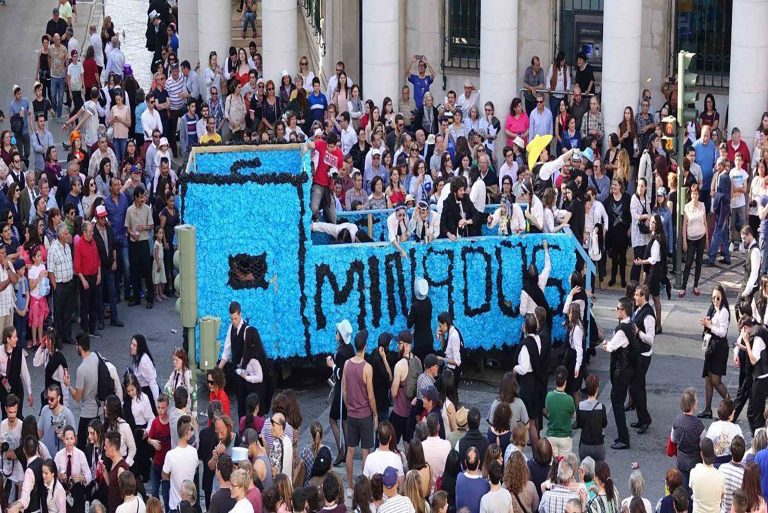
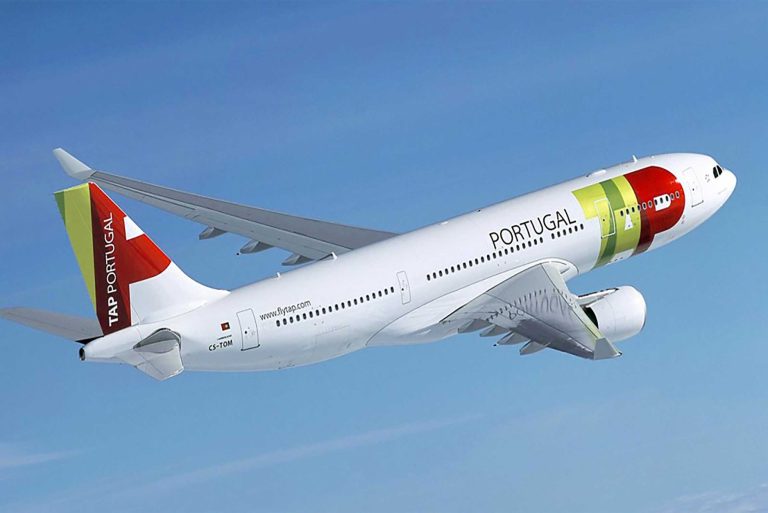

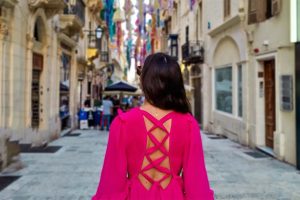
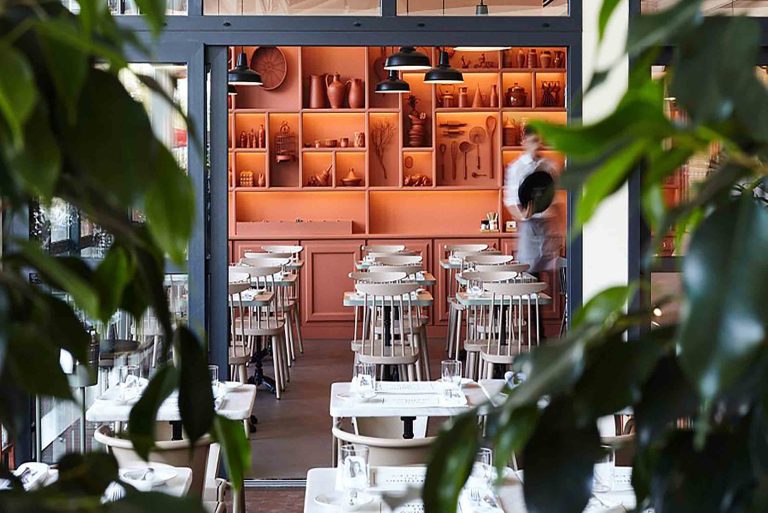
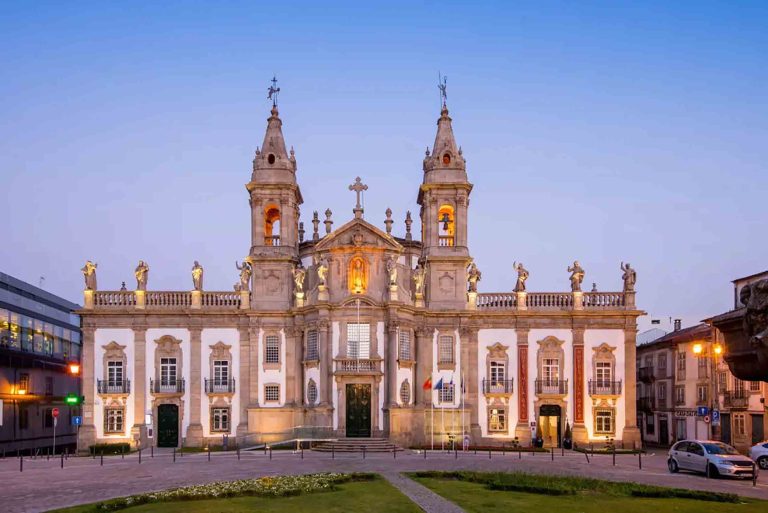
+ There are no comments
Add yours